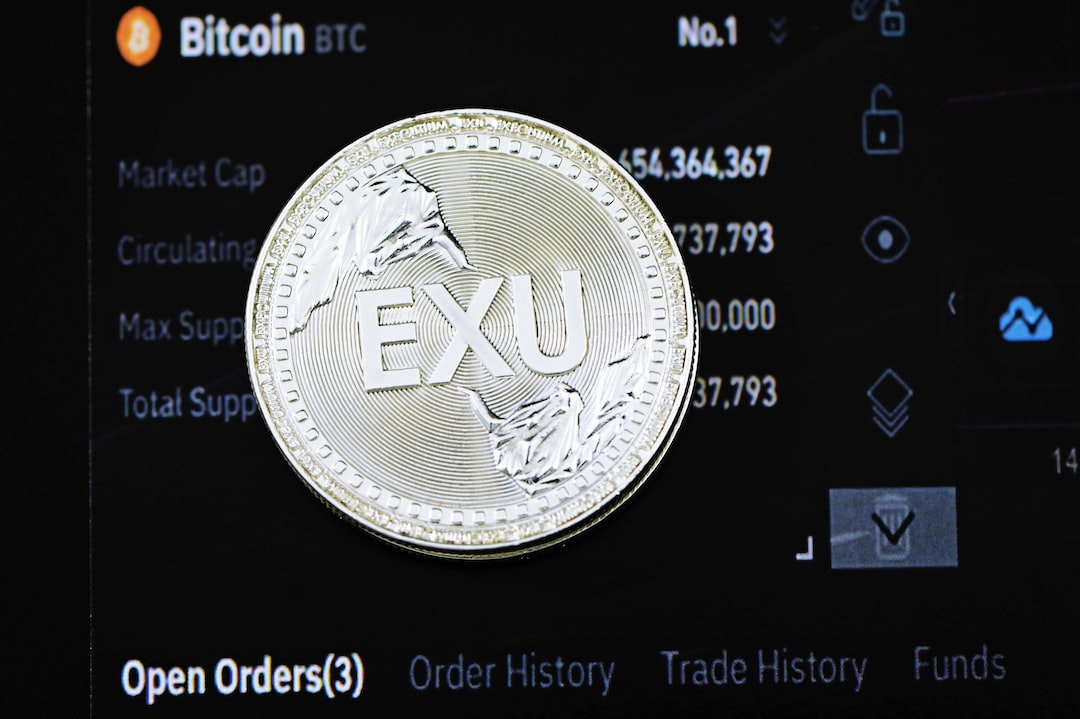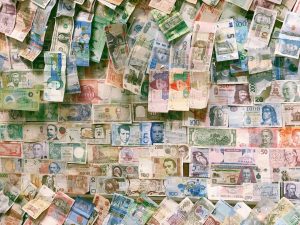Forex AI or Artificial Intelligence is a program that helps traders in the foreign exchange market. It uses complex algorithms to analyze market trends and make predictions about future currency movements. With the help of Forex AI, traders can make informed decisions about buying and selling currencies.
If you’re interested in developing your own Forex AI, here’s a guide on how to code one:
1. Define the problem
Before starting to code your Forex AI, it’s important to define the problem you want to solve. In this case, the problem is predicting the movement of currency pairs in the foreign exchange market. Therefore, the Forex AI needs to analyze historical data, identify patterns, and use that information to make accurate predictions.
2. Collect and preprocess data
The next step is to collect and preprocess the data. Historical data on currency pairs is readily available from various sources. You will need to select the data that is relevant to your problem and preprocess it for use in your Forex AI.
Preprocessing may include data cleaning, normalization, and feature extraction. This step is crucial as the accuracy of your Forex AI will depend on the quality of the data you use.
3. Choose a machine learning algorithm
Once the data is preprocessed, you need to select a machine learning algorithm to train your Forex AI. Machine learning algorithms are divided into supervised and unsupervised learning. Supervised learning is used when there is labeled data, while unsupervised learning is used when there is no labeled data.
For Forex AI, supervised learning algorithms such as regression, decision trees, and neural networks are commonly used. These algorithms can be trained to predict the movement of currency pairs based on historical data.
4. Train the Forex AI
The next step is to train your Forex AI. This involves feeding the algorithm with historical data and adjusting the model’s parameters until it can accurately predict the movement of currency pairs.
Training a Forex AI can be a time-consuming process, and it requires a lot of trial and error. It’s important to monitor the performance of your Forex AI and fine-tune the parameters to achieve better accuracy.
5. Test and validate the Forex AI
Once the Forex AI is trained, it’s important to test and validate its performance. This involves testing the Forex AI on new data to see if it can accurately predict the movement of currency pairs.
Validation is important as it helps to ensure that the Forex AI is not overfitting the data. Overfitting occurs when the Forex AI is trained on a limited dataset and performs well on that data but fails to generalize to new data.
6. Deploy the Forex AI
After testing and validating the Forex AI, the final step is to deploy the model to make predictions in real-time. The Forex AI can be integrated into a trading platform or used as a standalone application.
It’s important to monitor the performance of the Forex AI in the live environment and make adjustments as necessary.
In conclusion, coding a Forex AI is a complex process that requires a strong understanding of machine learning algorithms and the foreign exchange market. By following the steps outlined above, you can create a Forex AI that accurately predicts the movement of currency pairs, helping traders make informed decisions in the foreign exchange market.






